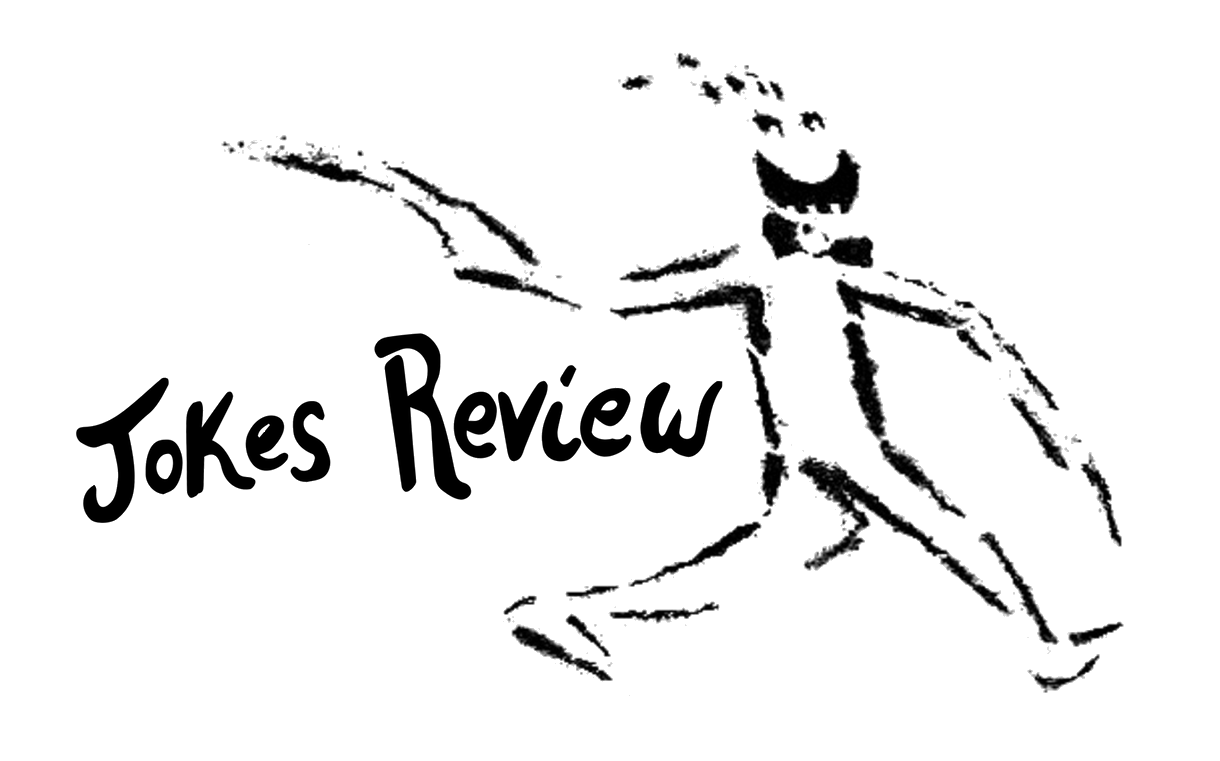At face value, pataphysics, defined as an extension of metaphysics, is pure nonsense. What could it mean for something to be beyond metaphysics? No matter how hard you try to wrap your mind around it, you won’t find any significant meaning at the heart of this conception.
But you do find a wide-open canvas for unhinged ideas and associations. This is “science” with no wrong answers, only some that are funnier or cleverer than others. Put another way, this pataphysical canvas is a place to fearlessly engage in divergent thinking.
Divergent thinking is the heart and soul of creativity. When psychologists measure creativity, they do so by testing one’s ability to think divergently. In his book “Outliers,” Malcolm Gladwell gives a classic example of a divergent thinking test. Consider the prompt: “How many uses can you think of for a brink.” One test-taker with an unusually high IQ responded, “Building things, throwing.” Despite this person’s intelligence, this answer is a hard fail. Another test-taker who excelled at divergent thinking responded, “To use in smash-and-grab raids. To. Help hold a house together. To use in a game of Russian roulette if you want to keep fit at the same time (bricks at ten paces, run and throw — no evasive action allowed). To hold the eiderdown on a bed tie a brick at each corner. As a breaker of empty Coca-Cola bottles.”
Gladwell contends that divergent thinking is often more important than IQ for finding success in the world. This is why, he says, people who win the Nobel Prize don’t all come from Harvard, but are frequently from schools with far less exclusive admissions standards.
How do you get better at divergent thinking? One way is to spend time beyond the metaphysical realm, on the pataphysical canvas. If you’re faced with a question like, “What is a brick used for?” step outside your usual experience. Abandon your typical notion of what might be “logical.” Go off the deep end. Peek over the cliff’s edge. Dive off the rocker. Find something random, reach out for something tangential to that, and then turn it upside down.
What is a brick used for? Among other things: Holding open the nozzle to the floodgates of your imagination.
This essay is a selection from “Pataphysics: A Secret Weapon for Creativity” published in Blank Page.


